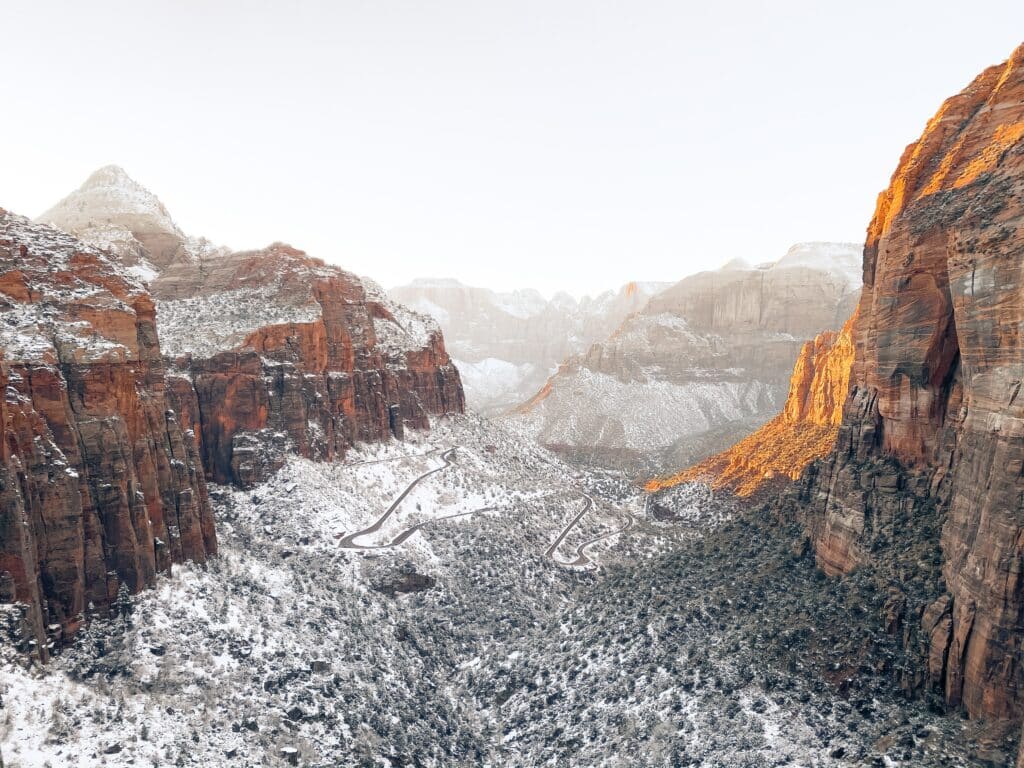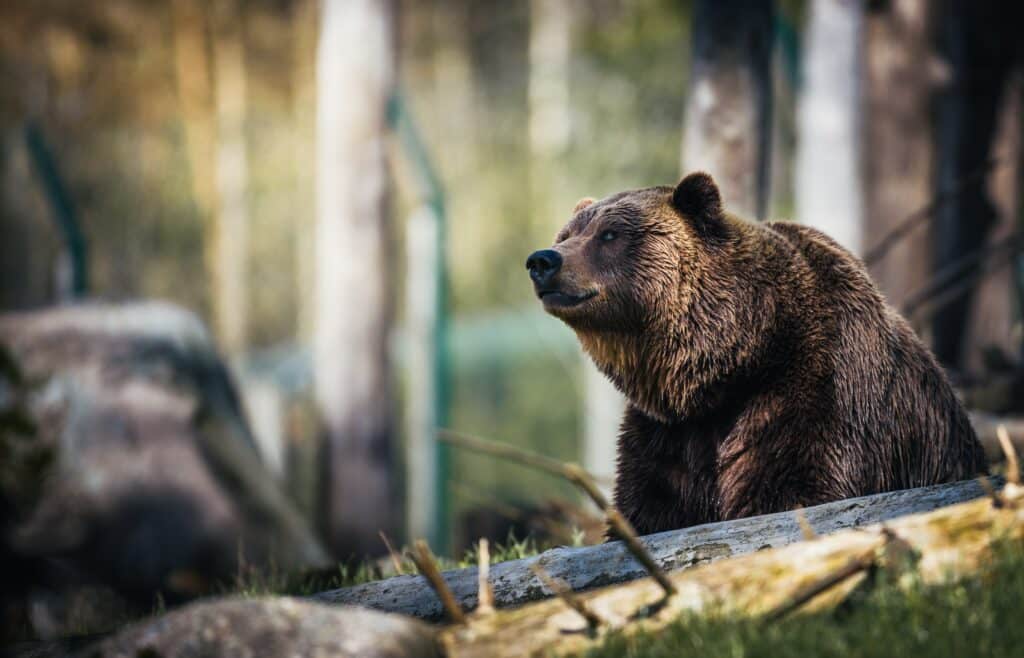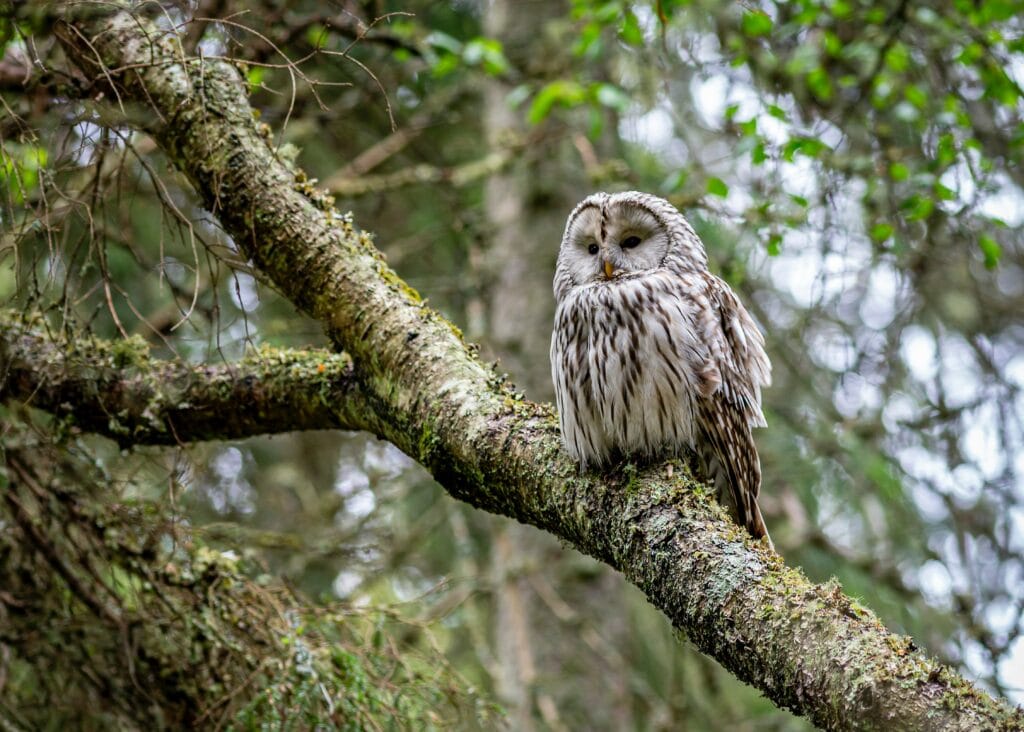If you’re an amateur photographer, then exploring nature with your camera is an exciting and fulfilling way to spend your time. Wildlife photography can be particularly rewarding, but it can also be challenging.

Andrew Cunningham-Moorat is a professional home inspector who is passionate about wildlife photography. He combines his keen eye for detail with a passion for nature and photography to capture stunning wildlife photos.
To help you get the best shots possible, I’ve put together this guide to wildlife photography.
- Be Patient: Wildlife photography requires patience. Animals don’t always cooperate, and you may have to wait for hours to get the perfect shot. But remember, the wait is worth it!
- Know Your Camera: Before you start taking pictures, make sure you understand your camera’s settings. You don’t want to miss the perfect shot because you were fiddling with your camera.
- Use a Telephoto Lens: A telephoto lens will allow you to zoom in on your subject without getting too close. This is particularly important when photographing wildlife as it allows you to capture the animal’s behavior without disturbing them.
- Pay Attention to Lighting: Lighting is crucial in photography, and wildlife photography is no exception. Try to shoot during the “golden hour” – the hour after sunrise and the hour before sunset. This is when the light is soft and warm, making your subjects look their best.
- Be Respectful: Remember, you’re a guest in the animals’ home. Be respectful of their space and don’t disturb them. Use a zoom lens to get close, but not too close.
- Take Lots of Shots: Don’t be afraid to take lots of shots. With digital photography, you can always delete the bad ones later.
- Experiment: Finally, don’t be afraid to experiment with your photography. Try different angles, compositions, and settings. You never know when you might capture that perfect shot.
In conclusion, wildlife photography can be challenging, but it’s also incredibly rewarding. With a little patience, knowledge of your camera, and some basic techniques, you can capture amazing photos of nature’s wonders. So get out there and start exploring!


